A Telangana state will give the region’s dominant castes their place in the sun, but there be will be another round of struggle before the other castes find their place in the power structure.
The English-speaking, deracinated metropolitan chatterati are fretting and fuming over the prospect of the formation of a separate Telangana state. They ask with utter incredulity, “What will happen to Hyderabad? How can it be part of Telangana? Why should it not become a joint capital like Chandigarh?”
Clearly, they know no geography. If they did, they would have realised that the future Andhra state cannot access Hyderabad except by corridor through Telangana districts.
Some kind of a Danzig corridor that’ll give access to the rich folk from coastal Andhra who have invested hundreds of crores in and around Hyderabad city. But this is much too complicated for the waffle set.
The other horror they express through exclamations such as “What will happen to India if the country is to be carved into smaller states?!” They have never stepped out of their cocoons. They don’t understand that India, which throbs with boundless diversity of language, dialect, region, caste and religion, is ‘safe’ even if there are myriad small states.
Andhras in TelenganaA Telangana state then does not threaten the unity of India. But there are other questions that need to be raised and answered. Why should there be two states which share the same language — Telugu — when the core principle of reorganisation of states was linguistic? Yet there is nothing anomalous about this. There are nine states — Himachal Pradesh, Uttarakhand, Delhi, Haryana, Rajasthan, Uttar Pradesh, Madhya Pradesh, Chhattisgarh and Jharkhand — with Hindi as the language base, at least at the official level. The dialects spoken across this belt is bafflingly rich and diverse.
There are variants in Telugu too. The language spoken in Telangana is quite different from that spoken in the heart of Andhra. Telangana Telugu bears marks of Urdu, Marathi and Kannada. Similarly, Telugu spoken in the Rayalaseema districts of Kurnool, Cuddapa, Anantapur and Chittoor, and even Nellore, Potti Sriramulu and Prakasam is different from that in Krishna and Guntur. Again, the language spoken in West and East Godavari districts has a colour of its own. The language used in Telugu films is the Krishna-Guntur variety. The dialects spoken in the other parts are used for comic relief. The reason is that producers, directors, story-writers, actors are all from the Andhra region. This is a matter of cultural detail.
The politics of it all is of a higher order of domination, where the rich Andhras with few outlets for expansion and diversification spread and penetrated into the adjoining region.
For example, when the Andhra districts were part of the Madras Presidency and later of the Madras state, the coastal Andhras dominated the then capital city of Madras (now Chennai). As a matter of fact, in 1953, when the Telugu-speaking Andhra state was carved out, the majority in Madras was Telugus, and there was a demand to include the city in the state.
The Andhras moved into Hyderabad city from the early 1950s onwards and obtained ‘mulki’ or ‘native resident’ certificates. Compared to the rich, relatively better educated and entrepreneurial Andhras — represented mainly by farmers and others belonging to the Kamma caste — the Telugu-speaking dominant castes in the Telangana, represented mainly by Reddys and Velamas (Telugu Rashtra Samiti chairperson K Chandrasekhara Rao is a Velama), followed by Brahmins, were feudal in outlook. They adopted the lifestyle of the decadent Muslim nobility of the Nizam’s court in Hyderabad. This was because the Nizams did not encourage the emergence of a Telugu-speaking educated middle class that could be part of government and business.
The Hyderabad MuslimsIn contrast, there had been a rich, educated, progressive Muslim middle class in Hyderabad that had kick-started an incipient industrialisation process in the 1920s and 1930s. Former bureaucrat in Hyderabad state BPR Vithal has the interesting thesis that, had not the Muslim elite migrated to Pakistan after the Police Action in 1948, the industrialisation in the state would have been sustained. Even today, Andhra Pradesh remains a predominantly agricultural state.
It is this social and economic background that will determine to a great extent the future development of the different regions. Telangana’s dominant and middle rung castes are still steeped in the feudal ethos of indolence, arrogance and a false sense of honour.
They will most likely indulge in political jostling and jousting instead of using the opportunities provided by a new state to build a modern economic base. The backward castes form the majority of the population in Telangana, but they are not yet in a position to dominate. Telangana will remain a backward state, socially and economically, for a few decades more.
A separate Telangana state will only ensure that dominant castes of the region that did not get their due in the power structure in the larger Andhra Pradesh will now be able to enjoy it as a matter of right. There will be another round of social and economic struggle before the other castes - mainly the backward classes - can find their place in the power structure.
What will happen to the Muslims, who form about 10 per cent of the population in Telangana and about 30 per cent in the city of Hyderabad? The communally-minded Majlis Ittehadul Muslimeen (MIM), which is in alliance with the Congress in the United Progressive Alliance (UPA), is worried. Telangana’s dominant castes carry old memories of being excluded by the Muslim upper classes. Today, the Muslims in the old city of Hyderabad are all migrants from the villages and towns of Telangana, with no social or economic advantage. But the old ambivalence remains. That is why, MIM wants special assurances and the BJP hopes to benefit from the prickly Hindu-Muslim equations in Hyderabad and in Telangana. The Congress too exploits this issue as part of its political strategy, which only makes the relations between the two communities worse.
The Communist angleThere is the interesting communist strand in the Telangana story. They claim to have carried out a heroic people’s struggle in 1948 against the feudal Nizam government, much in the manner of present-day Naxalites. It turned out to be an aborted attempt, though much glorified in party and left-oriented social science literature. When members of the then undivided Communist Party of India met Soviet dictator Joseph Stalin to seek support for the struggle, Stalin wanted to know where Telangana was on the map.
It was his way of dismissing the issue as being of no consequence for the man who believed in socialism in one country and hounded Leon Trotsky for entertaining foolish ideas about world revolution. The Naxalites hope to be important players in Telangana.
There is bound to be a bloody contest between the feudal-minded dominant castes and the Naxalites as in Bihar. A section in the Congress is opposed to Telangana because the new state will be exposed to communal and class wars.
There is an unmistakable sense of joy among the common people at the prospect of a Telangana state because of their sense of innate pride in their distinct culture and language which has been a butt of ridicule in the eyes of commercial, rich and insensitive coastal Andhras. This does not however make things easy for Telangana as such because the region is riddled with economic and social problems.
![submenu-img]() Meet man who once suffered loss of Rs 15 crore, then built Rs 2000 crore turnover company at 60, he is…
Meet man who once suffered loss of Rs 15 crore, then built Rs 2000 crore turnover company at 60, he is…![submenu-img]() 'They did her dirty': Aishwarya Rai fans criticise stylist for her 'failed art project' outfit on Cannes red carpet
'They did her dirty': Aishwarya Rai fans criticise stylist for her 'failed art project' outfit on Cannes red carpet![submenu-img]() Woman walks on the streets of Tokyo in saree, viral video shows people’s reaction
Woman walks on the streets of Tokyo in saree, viral video shows people’s reaction![submenu-img]() Blinkit offering ‘free dhaniya’ with vegetable orders, people now asking for free…
Blinkit offering ‘free dhaniya’ with vegetable orders, people now asking for free…![submenu-img]() Kartam Bhugtam: Shreyas Talpade-starrer is a riveting dive into the unknown
Kartam Bhugtam: Shreyas Talpade-starrer is a riveting dive into the unknown![submenu-img]() Meet PhD wife of IIT graduate hired at Rs 100 crore salary package, was fired within a year, he is now…
Meet PhD wife of IIT graduate hired at Rs 100 crore salary package, was fired within a year, he is now…![submenu-img]() Meet woman not from IIT, IIM or NIT, cracked UPSC exam in first attempt with AIR...
Meet woman not from IIT, IIM or NIT, cracked UPSC exam in first attempt with AIR...![submenu-img]() Maharashtra Board Results 2024: MSBSHSE class 10th, 12th results soon, know how to check results via SMS
Maharashtra Board Results 2024: MSBSHSE class 10th, 12th results soon, know how to check results via SMS![submenu-img]() Meet Indian genius who became world’s 'youngest' surgeon at 7, worked in IIT for...
Meet Indian genius who became world’s 'youngest' surgeon at 7, worked in IIT for...![submenu-img]() Meet Kashmir boy, who is JEE topper, wants to pursue Computer Science, he aims to clear...
Meet Kashmir boy, who is JEE topper, wants to pursue Computer Science, he aims to clear...![submenu-img]() DNA Verified: Is CAA an anti-Muslim law? Centre terms news report as 'misleading'
DNA Verified: Is CAA an anti-Muslim law? Centre terms news report as 'misleading'![submenu-img]() DNA Verified: Lok Sabha Elections 2024 to be held on April 19? Know truth behind viral message
DNA Verified: Lok Sabha Elections 2024 to be held on April 19? Know truth behind viral message![submenu-img]() DNA Verified: Modi govt giving students free laptops under 'One Student One Laptop' scheme? Know truth here
DNA Verified: Modi govt giving students free laptops under 'One Student One Laptop' scheme? Know truth here![submenu-img]() DNA Verified: Shah Rukh Khan denies reports of his role in release of India's naval officers from Qatar
DNA Verified: Shah Rukh Khan denies reports of his role in release of India's naval officers from Qatar![submenu-img]() DNA Verified: Is govt providing Rs 1.6 lakh benefit to girls under PM Ladli Laxmi Yojana? Know truth
DNA Verified: Is govt providing Rs 1.6 lakh benefit to girls under PM Ladli Laxmi Yojana? Know truth![submenu-img]() Aishwarya Rai Bachchan turns heads in intricate black gown at Cannes, walks the red carpet with injured arm in cast
Aishwarya Rai Bachchan turns heads in intricate black gown at Cannes, walks the red carpet with injured arm in cast![submenu-img]() Laapataa Ladies' Poonam aka Rachna Gupta looks unrecognisable in viral photos, amazes with jaw-dropping transformation
Laapataa Ladies' Poonam aka Rachna Gupta looks unrecognisable in viral photos, amazes with jaw-dropping transformation![submenu-img]() In pics: Taarak Mehta Ka Ooltah Chashmah actress Deepti Sadhwani dazzles in orange at Cannes debut, sets new record
In pics: Taarak Mehta Ka Ooltah Chashmah actress Deepti Sadhwani dazzles in orange at Cannes debut, sets new record![submenu-img]() Ananya Panday stuns in unseen bikini pictures in first post amid breakup reports, fans call it 'Aditya Roy Kapur's loss'
Ananya Panday stuns in unseen bikini pictures in first post amid breakup reports, fans call it 'Aditya Roy Kapur's loss'![submenu-img]() Remember Harsh Lunia? Just Mohabbat child star, here's how former actor looks now, his wife is Bollywood's popular...
Remember Harsh Lunia? Just Mohabbat child star, here's how former actor looks now, his wife is Bollywood's popular...![submenu-img]() Haryana Political Crisis: Will 3 independent MLAs support withdrawal impact the present Nayab Saini led-BJP government?
Haryana Political Crisis: Will 3 independent MLAs support withdrawal impact the present Nayab Saini led-BJP government?![submenu-img]() DNA Explainer: Why Harvey Weinstein's rape conviction was overturned, will beleaguered Hollywood mogul get out of jail?
DNA Explainer: Why Harvey Weinstein's rape conviction was overturned, will beleaguered Hollywood mogul get out of jail?![submenu-img]() What is inheritance tax?
What is inheritance tax?![submenu-img]() DNA Explainer: What is cloud seeding which is blamed for wreaking havoc in Dubai?
DNA Explainer: What is cloud seeding which is blamed for wreaking havoc in Dubai?![submenu-img]() DNA Explainer: What is Israel's Arrow-3 defence system used to intercept Iran's missile attack?
DNA Explainer: What is Israel's Arrow-3 defence system used to intercept Iran's missile attack?![submenu-img]() 'They did her dirty': Aishwarya Rai fans criticise stylist for her 'failed art project' outfit on Cannes red carpet
'They did her dirty': Aishwarya Rai fans criticise stylist for her 'failed art project' outfit on Cannes red carpet![submenu-img]() Kartam Bhugtam: Shreyas Talpade-starrer is a riveting dive into the unknown
Kartam Bhugtam: Shreyas Talpade-starrer is a riveting dive into the unknown![submenu-img]() Richa Chadha says Heeramandi co-star Sharmin Segal being trolled for her performance is 'audience’s right'
Richa Chadha says Heeramandi co-star Sharmin Segal being trolled for her performance is 'audience’s right'![submenu-img]() Meet only Indian actress whose film is competing for top prize at Cannes; not Aishwarya, Deepika, Kiara, Priyanka, Alia
Meet only Indian actress whose film is competing for top prize at Cannes; not Aishwarya, Deepika, Kiara, Priyanka, Alia![submenu-img]() How two heroines beat Rajinikanth, Vijay, Dhanush to give Tamil cinema's biggest hit of 2024; low-budget film earned...
How two heroines beat Rajinikanth, Vijay, Dhanush to give Tamil cinema's biggest hit of 2024; low-budget film earned...![submenu-img]() Woman walks on the streets of Tokyo in saree, viral video shows people’s reaction
Woman walks on the streets of Tokyo in saree, viral video shows people’s reaction![submenu-img]() Why Australians walk barefoot in public: Here’s the reason
Why Australians walk barefoot in public: Here’s the reason![submenu-img]() People in this country compete to see who’s best at doing nothing, here's why
People in this country compete to see who’s best at doing nothing, here's why![submenu-img]() Viral video: Influencer dressed as 'Manjulika' dances on crowded road, internet reacts
Viral video: Influencer dressed as 'Manjulika' dances on crowded road, internet reacts![submenu-img]() Viral video: Baby elephant receives 'Z-category security' during family nap in Tamil Nadu reserve
Viral video: Baby elephant receives 'Z-category security' during family nap in Tamil Nadu reserve












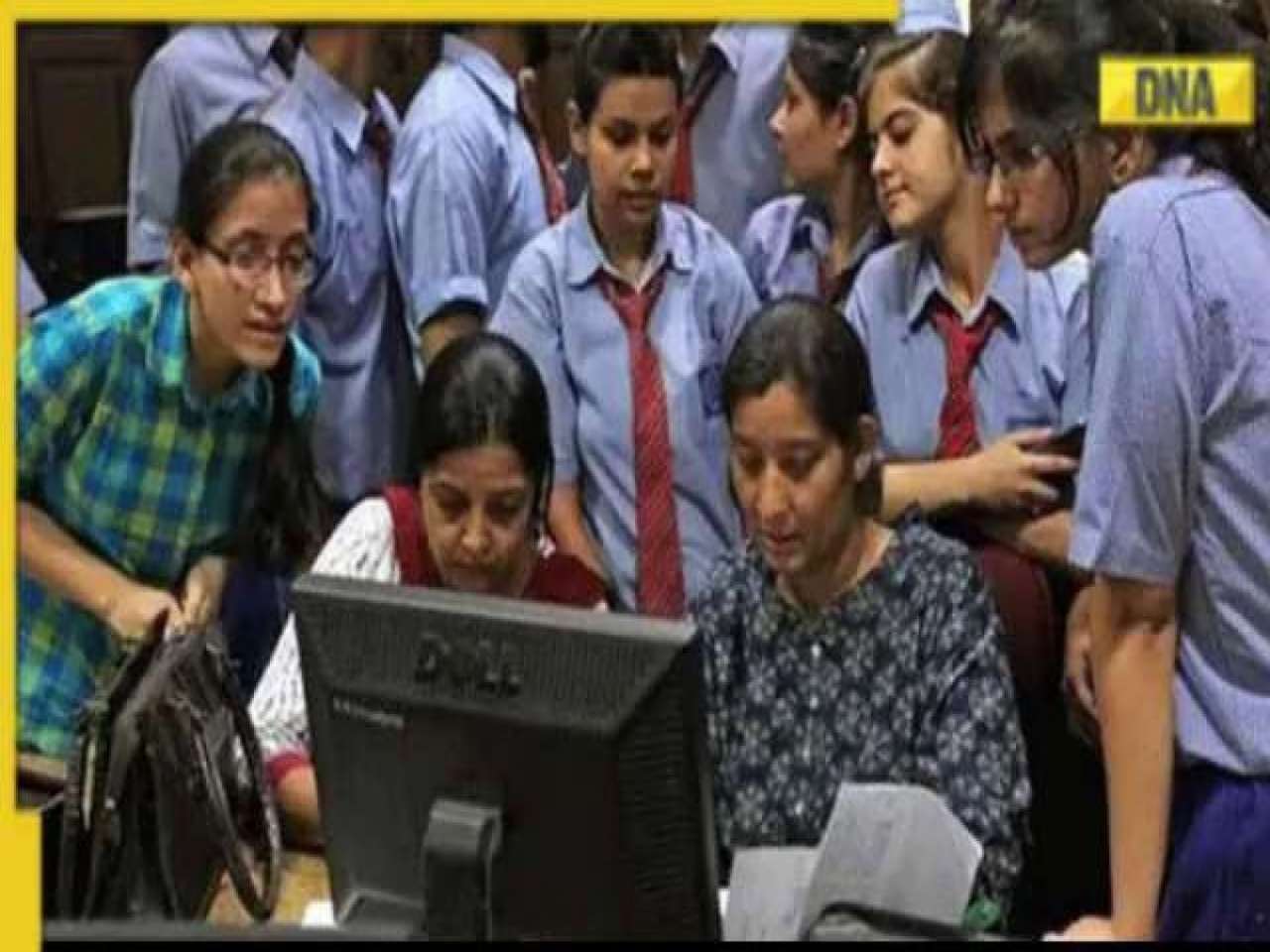

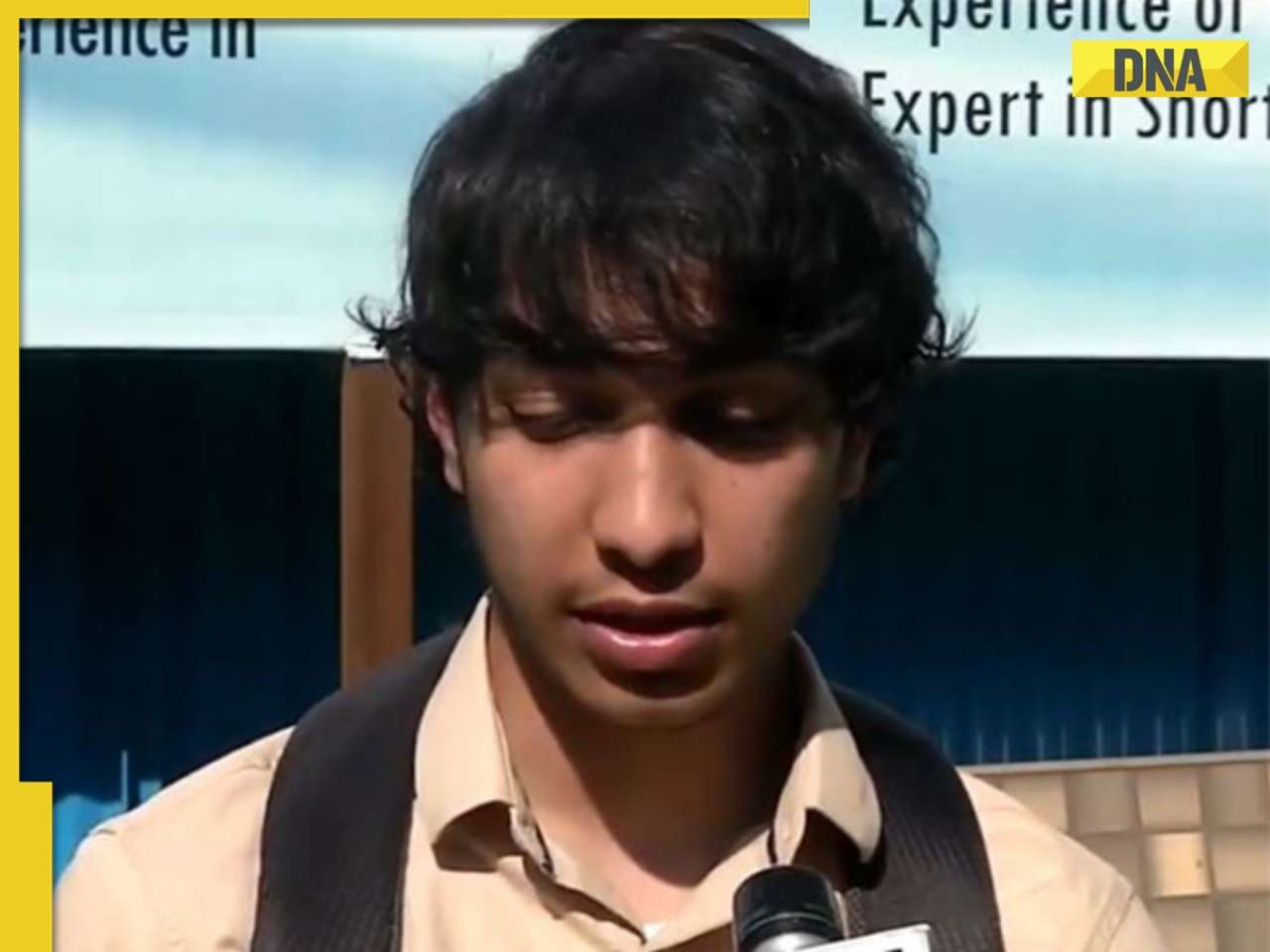
















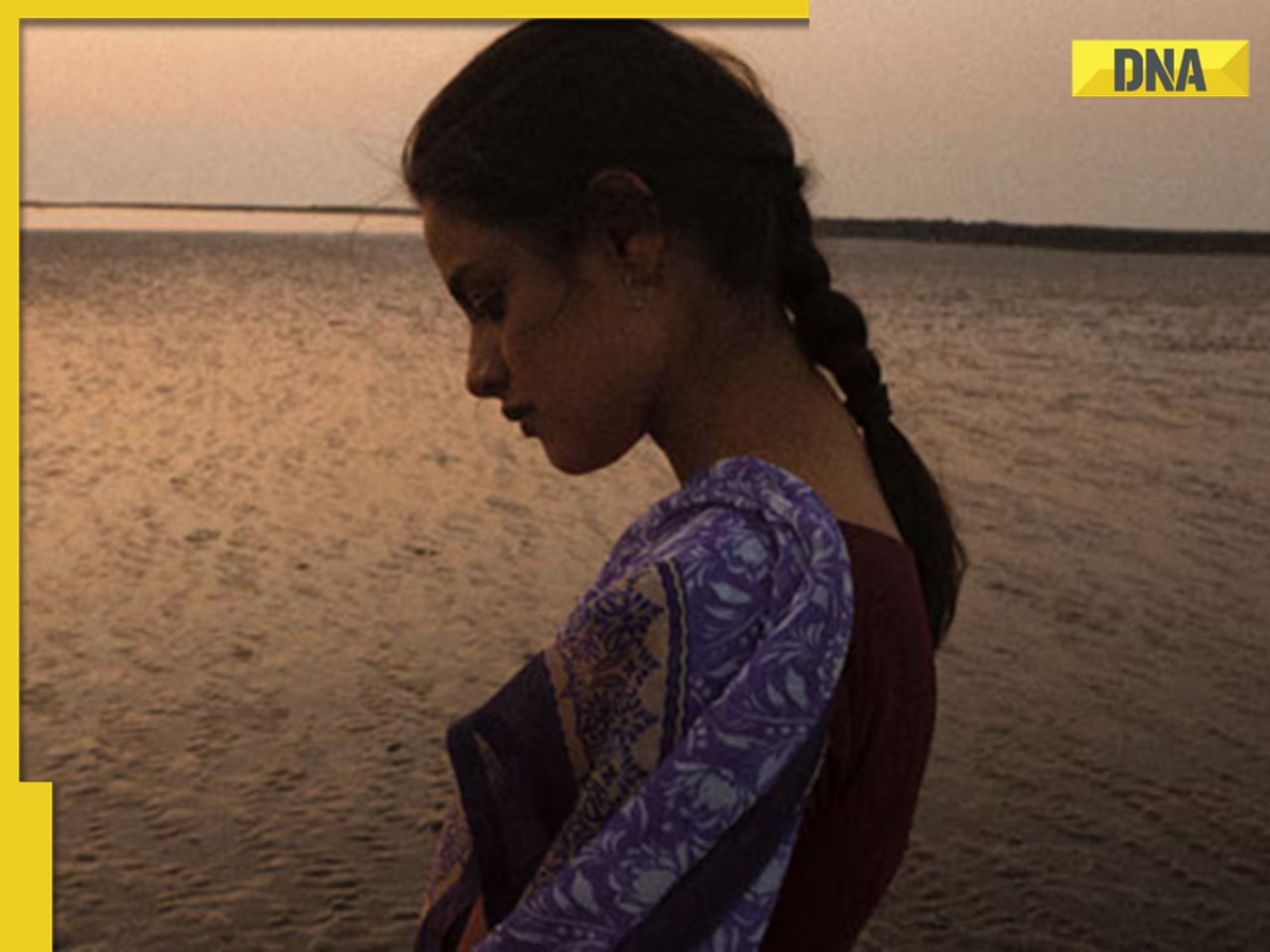



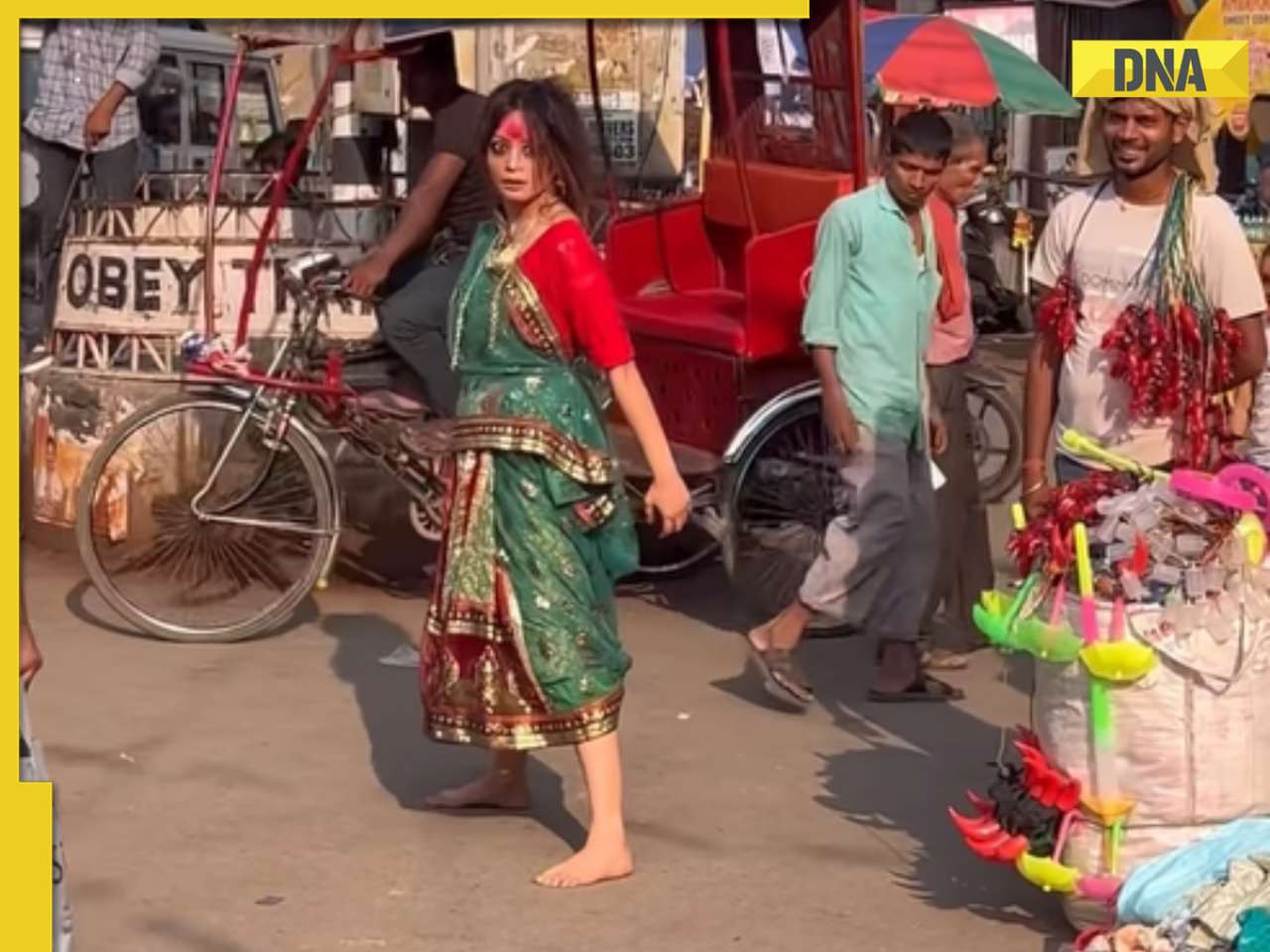








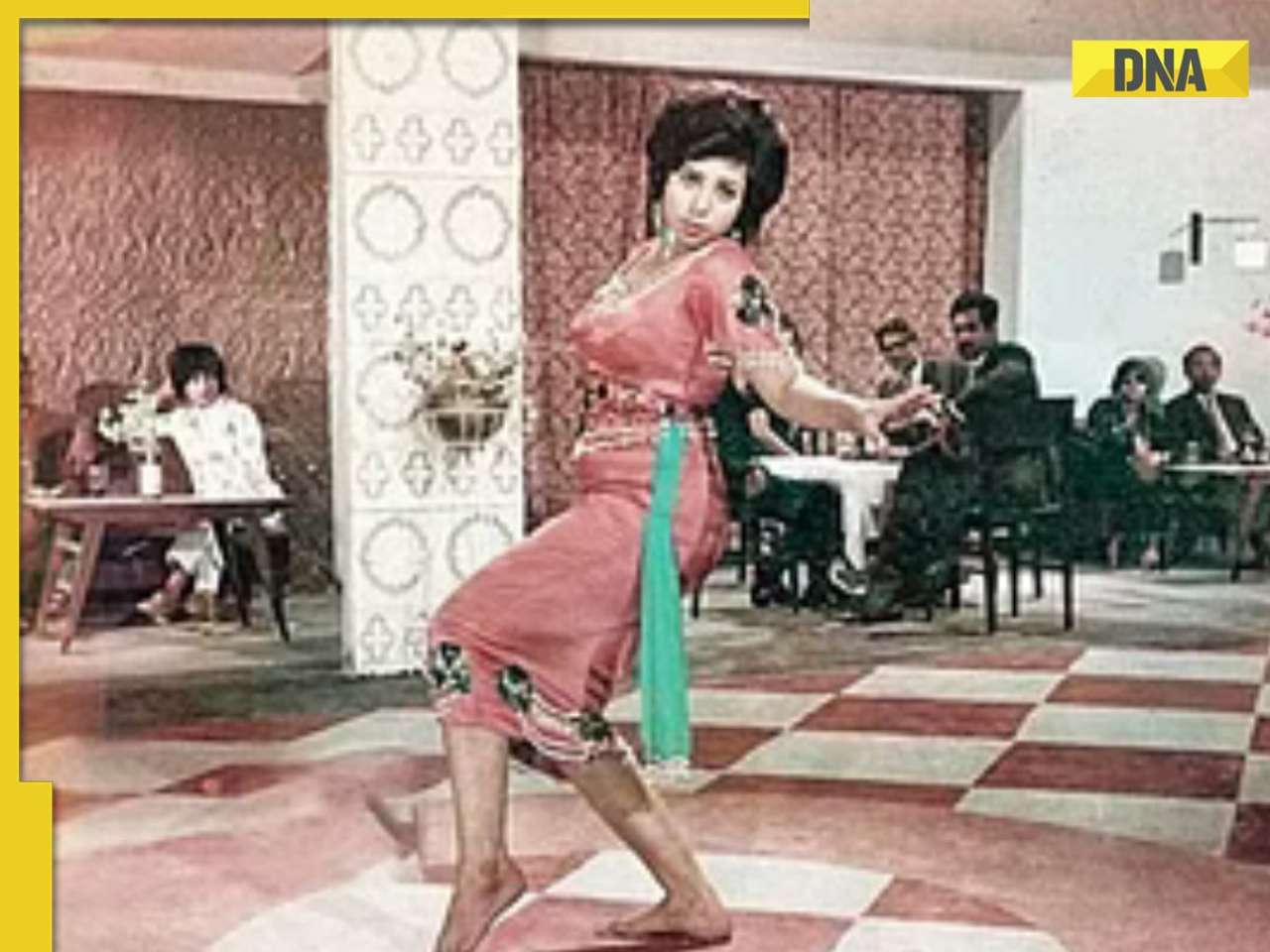







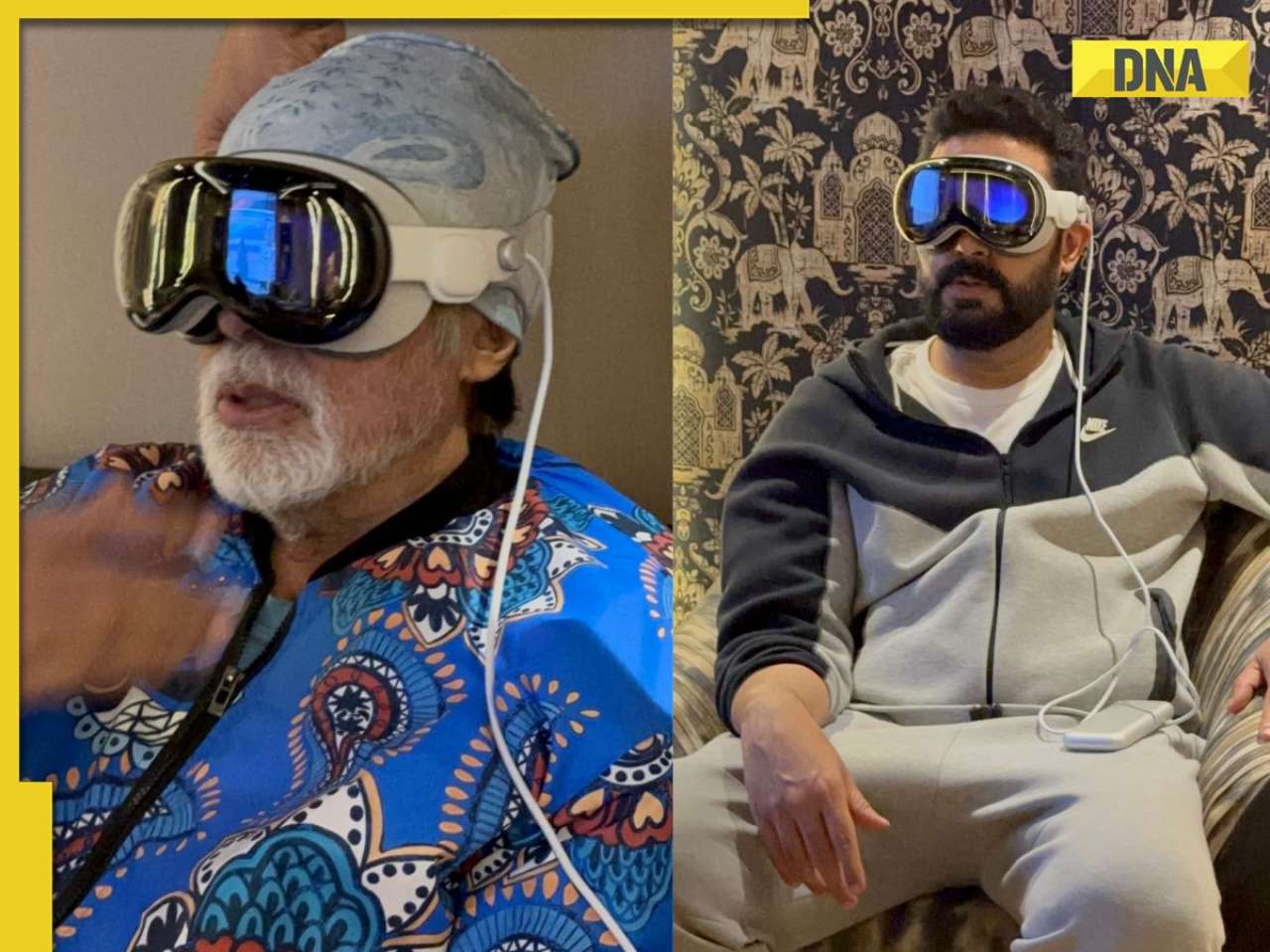




)
)
)
)
)
)